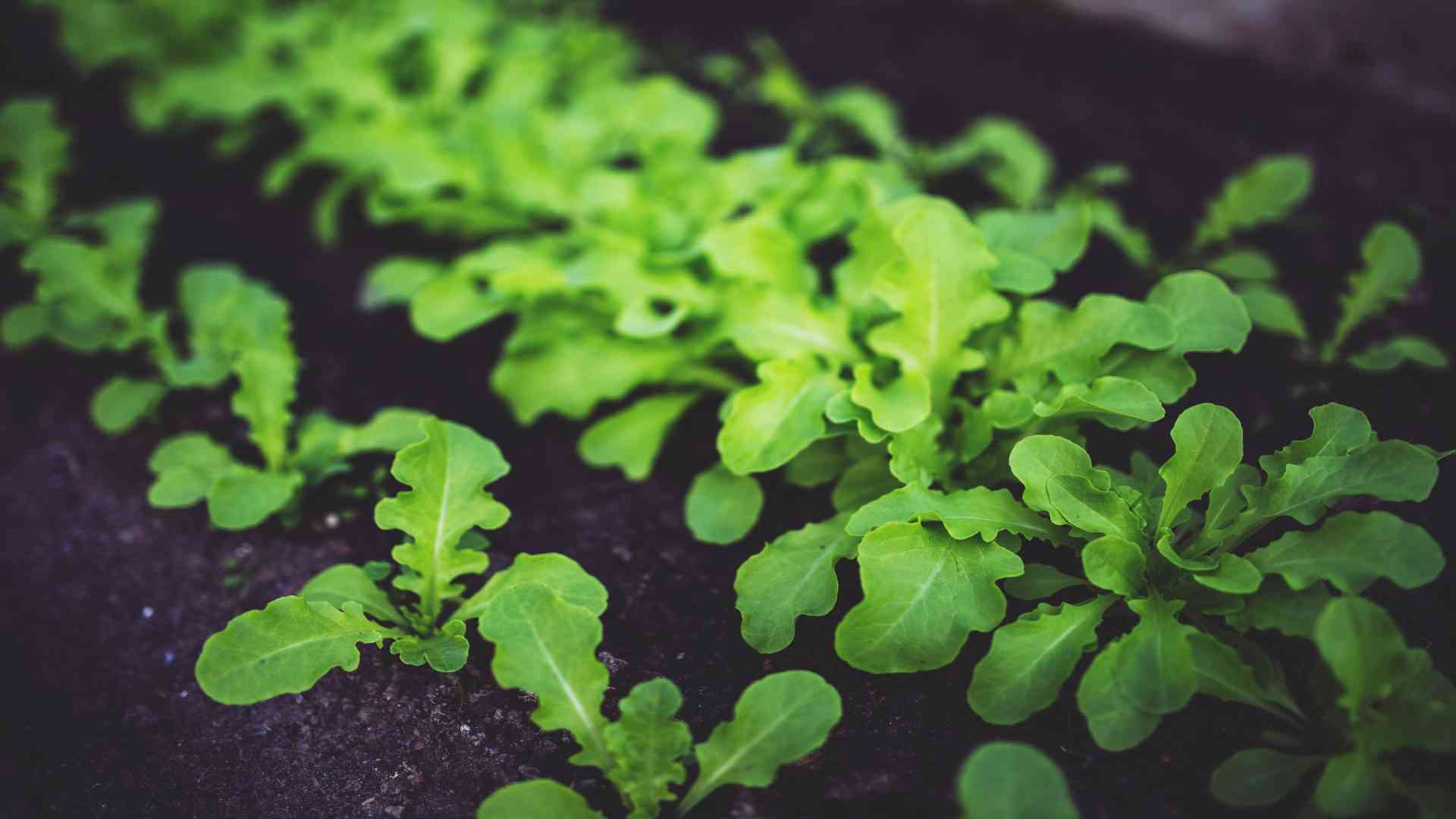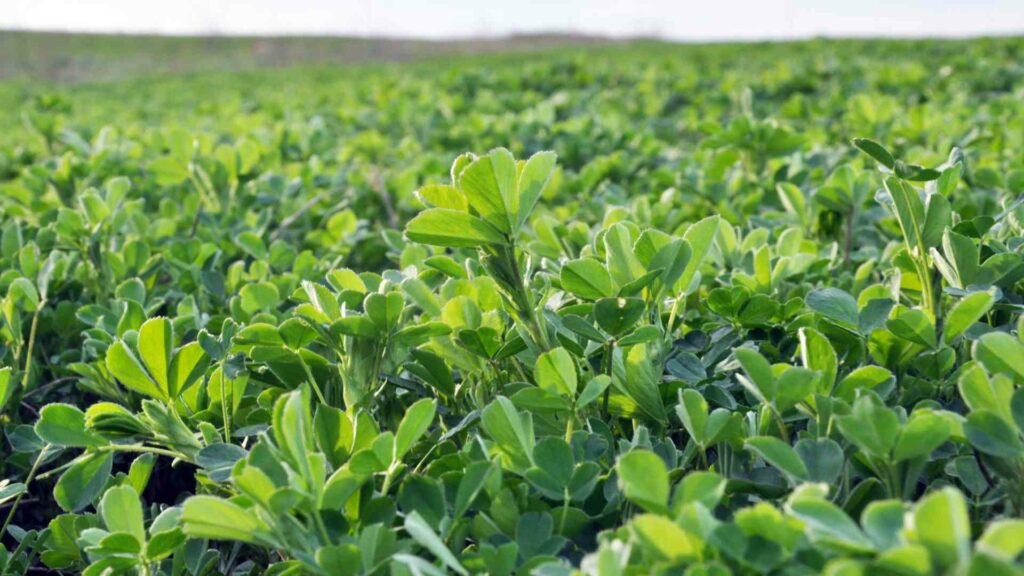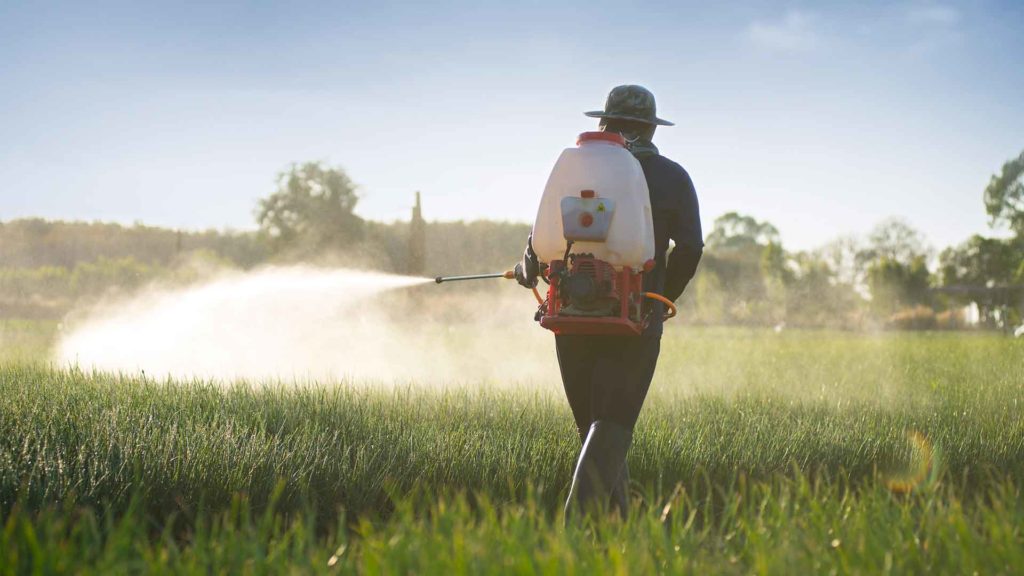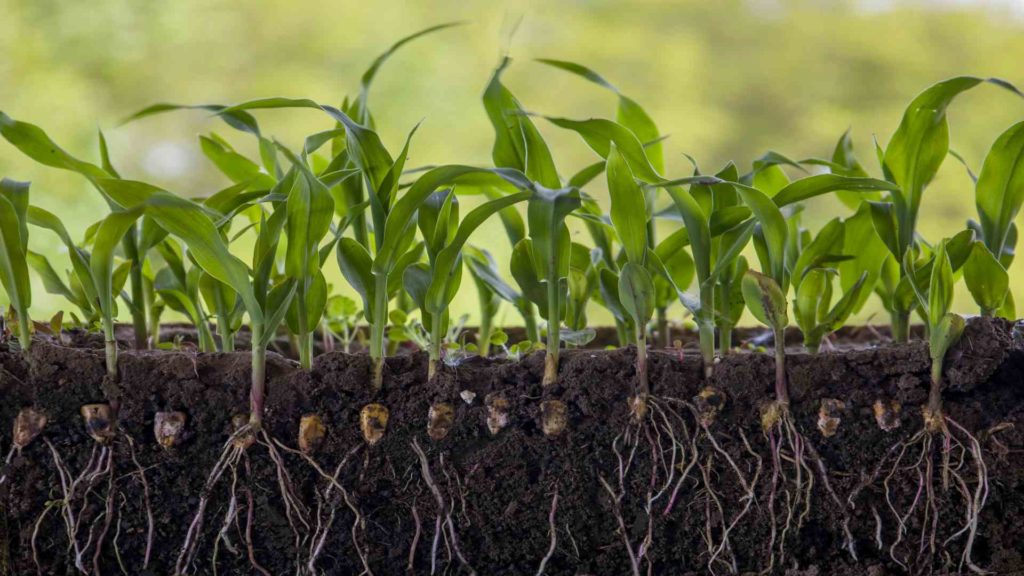What Does Boron Do for Vegetable Plants?
Boron is an essential micronutrient for vegetables and plants. It helps with several processes, leading to healthy growth and development. While boron is required for every vegetable plant, the quantity differs from one kind to another.

Vegetable Plants
Boron Requirements in Vegetable Plants
While different vegetable plants have widely varying boron requirements, they all need this nutrient to some degree. Without it, plants will become stunted or even take on a rosette appearance as their growing points break down.
| Vegetable Plant | Boron Response | Lbs of boron per acre |
|---|---|---|
| Asparagus | Low | 1 lbs/a |
| Broccoli | High | 3 lbs/a |
| Beets | High | 3 lbs/a |
| Cabbage | Medium | 2 lbs/a |
| Carrot | Medium | 2 lbs/a |
| Cauliflower | High | 3 lbs/a |
| Celery | High | 3 lbs/a |
| Cucumber | Low | 1 lbs/a |
| Lettuce | Medium | 2 lbs/a |
| Onion | Low | 1 lbs/a |
| Parsnip | Medium | 2 lbs/a |
| Pea | Low | 1 lbs/a |
| Pepper | Low | 1 lbs/a |
| Potato | Medium | 2 lbs/a |
| Radish | Medium | 2 lbs/a |
| Rutabaga | High | 3 lbs/a |
| Snap bean | Low | 1 lbs/a |
| Spinach | Medium | 2 lbs/a |
| Sweet Corn | Medium | 2 lbs/a |
| Table Beet | High | 3 lbs/a |
| Tomato | Medium | 2 lbs/a |
| Turnip | High | 3 lbs/a |
Source: MSU
Crop responsiveness to boron requirements is largely varied. If the nutrient concentration present in the soil is low, highly responsive crops would always respond to micronutrient additions. Medium-responsive crops are much less willing to respond, and low-responsive crops, even with the minimum soil micro-nutrient levels, do not generally respond to fertilizer additions.
Boron Management
Boron-deficient soils in vegetable plants can be corrected with boron fertilizers such as
Granubor 2
– An excellent material for dry mixtures used in broadcast pre-plant applications.
Fertibor
– Most effective when used in fertilizer fluids for pre-plant broadcasts.
Solubor
– An excellent choice for fertigation. It gives the most boron application flexibility. It can be mixed with water, liquid fertilizers, and/or pesticides before being utilized in the soil or onto the crop.
These fertilizers are applied depending on soil tests and crop needs. Foliar applications are favored in high-pH soils. It is commonly too late to practice boron once signs of boron deficiency are noticed. Boron deficiency susceptibility varies between cultivars.
Boron Deficiency in Vegetable Plants
Boron is a micronutrient that is required for plant growth and development. It is associated with cell growth. Thus, the boron-deficiency symptoms are generally manifested at the rising tips of the shoot or root and include defoliation and disruption, resulting in fragile foliage, tip death, and discolored lower leaf tips. Flowering and fruiting are diminished, and forming fruit is frequently disrupted.
- Boron deficiency in vegetable plants such as brassicas produces soft brown centers in root crops, particularly rutabaga, a condition known as “brown heart.”
- Boron deficiency symptoms in cole crops can differ. Cabbage heads could be tiny and yellow, and other cole crops may have cracked stems, petioles, and midribs.
- Cauliflower curds may also become weak or brown, and leaves might roll and curl.
- Boron deficiency turns onion leaves to blue/green with cracks on the top surface of the leaves, allowing them to stiffen and brittle.
- Broccoli, cabbage, and cauliflower stems can be hollow and discolored.
- Along with distorted, fragile, and chlorotic leaves in radishes, boron deficiency can enhance the thiocyanates generation, identified as goitrogens.
- Boron deficiency in spinach can occur during hot, dry periods.
- The leaves of vegetable plants become distorted, and light spots appear on the petioles.
- An internal breakdown can occur in the root system or manifest as external cankers on the plant root.
Boron Toxicity
While plants lacking vitamin boron is detrimental to plant health, it’s important to remember that too much of this nutrient can lead to boron toxicity. As with anything, moderation is key in providing your plants with the nutrients they need to thrive.
Beans, especially snap beans, are the vegetable plants most responsive to excess boron. Boron is usually not advised for snap bean producers, and it shouldn’t be used within snap bean starter fertilizer. Boron toxicity is common once boron-containing starter fertilizer for other crops, like corn, is implemented to snap beans.
Boron deficiency in beans, for example, is characterized by the discoloration of unifoliate leaves with the burning and yellowing of the leaf tips of older trifoliate leaves. Plants will have a scorched impression, and leaves could drop early in severe cases.
Boron toxicity is often seen in soils or irrigation water of western states high in boron in the USA. Boron soils or irrigation water levels are normal in the east. Furthermore, boron quickly leaches from topsoil.
Boron can also build up in soils heavily fertilized with manure or composted yard waste. Boron application has a narrow safety margin, and excessive application or improper fertilizer blending can result in toxicities – deficiencies appear at 1 ppm and toxicities at 5 ppm of usable boron in the soil.





